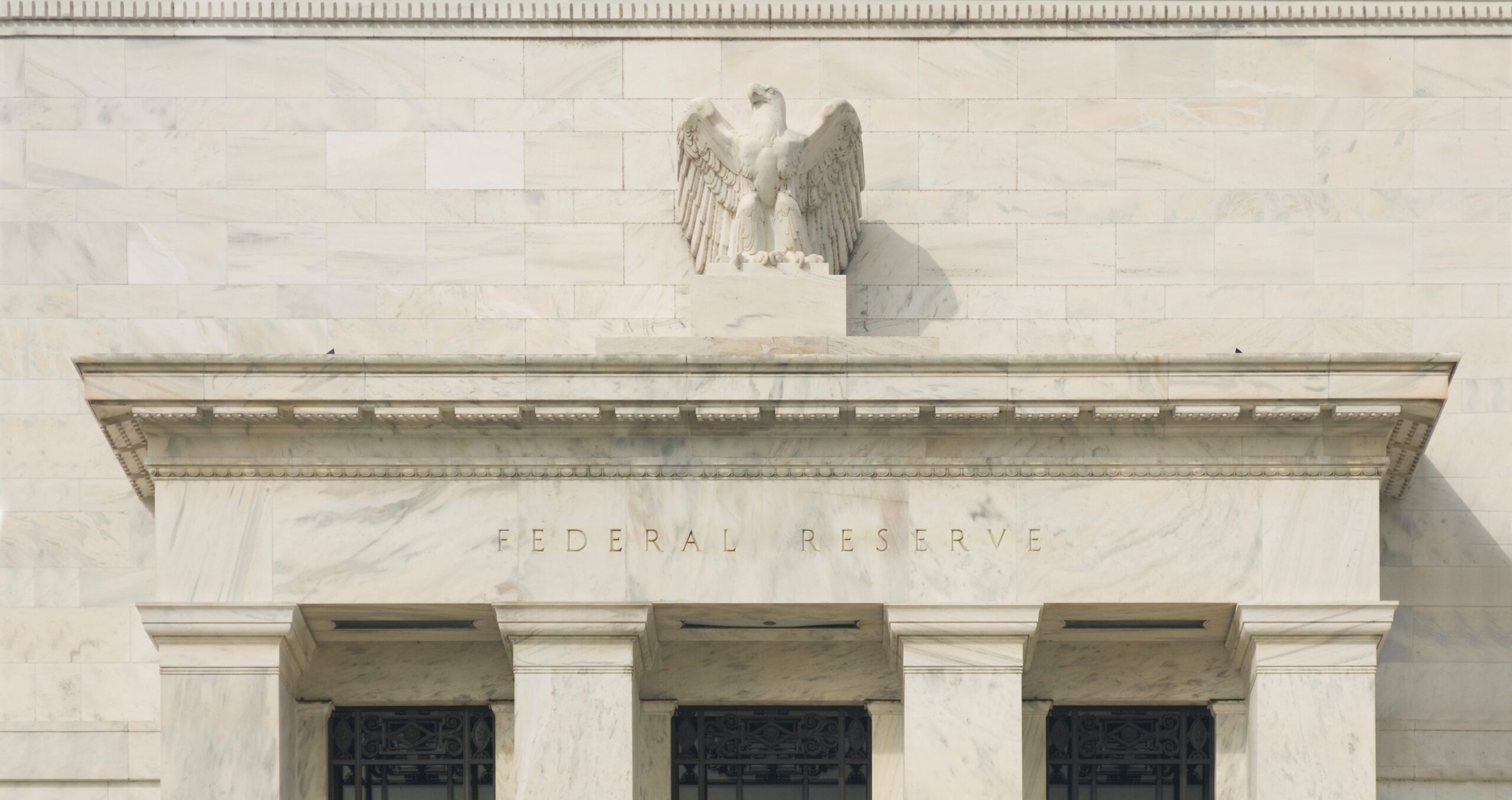After seven years of pegging the federal funds interest rate at zero percent, the time finally came in December of 2015: The U.S. Federal Reserve (the Fed) raised the federal funds rate by 0.25%. Because it was the first interest rate increase since June 2006, it was reported as “a historic moment.” Since then, the Fed has made several 0.25% increases, and the federal funds rate now stands at 1.75%.
But what do these rate changes mean to your financial well-being? Is there anything you should “do” to your investment portfolio when they occur? As is nearly always the case for economic events over which we have no control, we recommend that you remain informed, but that you also remain disciplined. In that context, let’s take a moment to share some insights about the federal funds rate.
What is the Federal Reserve?
As described on its consumer education site, the Federal Reserve is the central bank of the U.S. It was created by Congress as an independent government agency in 1913 “to provide the nation with a safer, more flexible, and more stable monetary and financial system.” Jerome Powell is the current Chair of the Board of Governors. Before Mr. Powell, the Chairs were Janet Yellen, Ben Bernanke, and Alan Greenspan.
Chairman Powell and his board of governors are based in Washington, DC. They also oversee 12 regional reserve bank branches across the country and are tasked with three main roles:
- Monetary Policy – Promoting “maximum employment, stable prices and moderate long-term interest rates”
- Supervision and Regulation – Overseeing U.S. banks and gathering information to understand financial industry trends
- Financial Services – Serving as a bank for U.S. banks as well as for the country’s monetary operations – issuing currency, managing the government’s bank accounts, borrowing money in the form of U.S. savings bonds, and more
What is going on?
While you wouldn’t want to run a country without all three of these roles in place, monetary policy is where much of the headline-grabbing action is often found. The Fed continuously grapples with when, by how much, and how often it should raise the federal funds rate.
The Federal Reserve sets monetary policy through its Federal Open Market Committee (FOMC), which includes the Fed’s board members and a rotating representation of reserve bank presidents. The FOMC holds eight regularly-scheduled annual meetings to consider what actions to take, if any.
In the days before those meetings, the potential action of the FOMC becomes the central focus of the financial press. Investors are bombarded with the usual volume of conflicting coverage on what is and is not at stake, and what may or may not come to pass. Depending on whom you heed, higher federal funds rates could be anything from a panacea, to a global scourge, to a non-event in the markets.
What does all this mean for you and your money?
First, it helps to understand that there is an intricate interplay between developed nations’ monetary policies, global interest rates, and the markets in general. Anyone who claims to know exactly what will happen in one arena when we pull a lever in another had best be able to present a functioning crystal ball if he or she is to be believed.
To cite one example, consider the March 2018 column by Wall Street Journal columnist Jason Zweig, in which he chastises various brokers for their still-anemic sweep account yields despite rising interest rates: “The Federal Reserve has driven short-term interest rates up a full percentage point since late 2016; one-month Treasury bills were yielding 1.6% this week. But you’d never know any of that from looking at the returns on the cash in your brokerage account.”
This illustration demonstrates that the only interest rate the Fed has direct control over is the U.S. federal funds rate, which is the rate at which depository institutions (mostly banks), lend and borrow overnight funds with one another. The resulting cash flow is the grease that turns the wheels of the country’s federal banking system, so it’s an important factor. But as Zweig illustrates, that doesn’t mean that there is a consistent cause-and-effect relationship between federal funds rate movements and other yield-based financial instruments such as U.S. or international bonds, interest-earning accounts, mortgages, credit cards, and so on.
A post by “The Grumpy Economist” John Cochrane even suggests that the Fed’s actions may be one of the less-significant factors involved in determining global interest rates: “Lots of deposits (saving) and a dearth of demand for investment (borrowing) drives (real) interest rates down, and there is not a whole lot the Fed can do about that. Except to see the parade going by, grab a flag, jump in front and pretend to be in charge.”
What should you do?
What should you do? Whenever you are wondering how best to respond to a shifting landscape such as that wrought by rising (or falling) interest rates and any related repercussions, begin by asking yourself: What can I do about it? Unless you are Fed Chair Jerome Powell, there is probably nothing you can do to personally influence what the Fed is going to decide about interest rates, and even Mr. Powell cannot determine how global markets are going to respond to the news.
“The Fed’s actions may be one of the less-significant factors involved in determining global interest rates.”
If you already have a solid financial plan in place, you should not alter it in rash reaction to unfolding news. If, on the other hand, you do not yet have a well-built plan to guide the way, a conversation with a capable advisor is the best way you can position yourself to make the most of current and future economic events.


